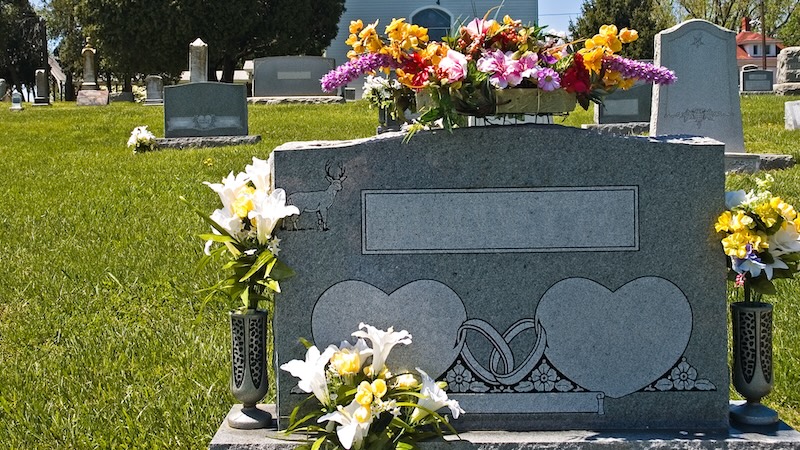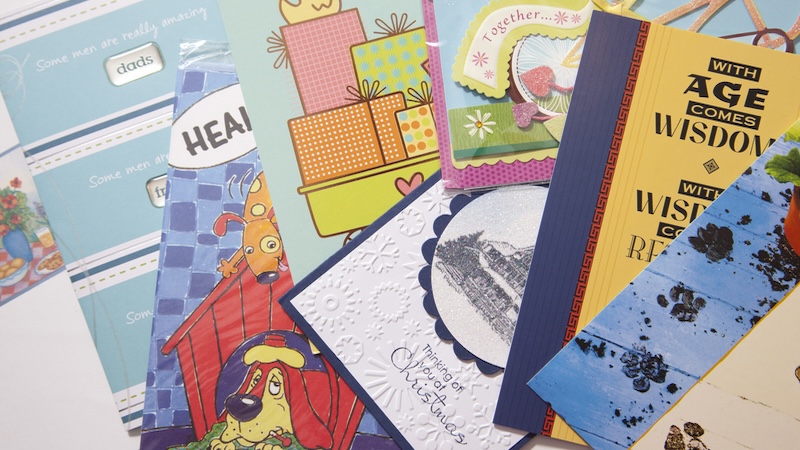Aging Parents in Your Home, Part 2
Expectations, from both sides

Boomer reader Darlene Edwards addresses the challenges and expectations of moving aging parents into your home. She shares her story, when she and her husband brought Darlene’s mom to live with them. “I find that people are coming from so many vantage points on this topic,” she told Boomer, “and I do want to help with the experience my husband and I have.”
After the immediate family has had a chance to talk, everyone should communicate their fears, feelings, and expectations. My family did not have this conversation, and I believe it would have created a smoother transition.
Expectations in moving aging parents into your home
All parties involved have expectations of each other, and it is optimum to determine what those are prior to moving in together. The areas for discussion would be different for each family, but there are some common themes.
Safety:
The older adult may be accustomed to cooking or other tasks that could present a safety challenge in their new living space. When talking with the older adult, include topics that focus on safety. Are they safe to continue cooking on a stove, or should they consider using a microwave? Does the bathroom need handrails? Some rugs can present tripping hazards for older adults. Assess floor coverings and footwear to enhance stability. Are there other modifications that can make your home safer?
Accommodations:
Some areas of frequent concern for the family and the older adult are the living accommodations. Will the older adult have space on the main floor, basement, or adjourning rooms to the family? What type of space is the family’s common area, private space, and older adult’s space? Will the older adult have a private bath, or will they need to share with children in the family? How much private space does the family need and does the older adult need?
We were fortunate in that we were able to construct an area that Mom liked, but she wanted more space and found it difficult to part with items she had in her home. So we incorporated furniture and other items where we could in our family space, and she placed many of her personal belongings into her living area. This created congested space for her and sometimes prompted discussions and concerns over where we placed her items in our space. Older adults often find it difficult to move from a larger living space to a condensed space with family and keep their personal belongings close.
Seniors Guide looks at accessory dwellings units, such as granny flats and in-law suites
Meals:
Determining menus, planning meals, shopping, and cooking are all areas to considered when incorporating the older adult into the family. Your ideas about meals may be very different from the older adult. Do you like to pick up dinner at a nearby restaurant, while the older adult likes to cook meals that have a strong aroma, such as fish? Does the older adult have food preferences and a store that they prefer for shopping? Will you need to shop for everyone?
If your nuclear family has enjoyed eating out, how does the older adult feel about being included in the outing – or will they be offended if they stay at home while the rest of the family has a meal together?
Mealtime can be an enjoyable bonding time for the nuclear family and your older adult. By discussing some of the questions that surround food, the communication will lead to a more enjoyable experience for everyone.
Finances:
Money may often be a challenge in a family, much less adding the needs of the older adult into the mix. Are there expectations that the older adult will pay certain household bills, or contribute in some other way? Does the family provide services for the older adult like cooking or cleaning? Would the older adult be willing to cover a bill to support the family dynamics, such as cable TV?
Spouse or partner connections:
A key to the successful transition is keeping the couple relationship strong. Good communication is a factor in accomplishing this goal. Setting aside time regularly to discuss the home, children, and any concerns will facilitate the team approach to caring for the older adult and the family. Creating an evening walk or date night or just going to the store together can provide that opportunity to touch base and see each other as a couple. Keeping your core relationship as a priority is essential. Does your partner have concerns? If so, how are you addressing them? It is important to really listen to your partner prior to creating the living arrangements and continue that dialogue afterwards. It is important to touch base daily to check in on how things are going so that communication stays open.
Connecting with the family:
It is important for the family and the older adult to feel as if both are contributing to the household. When my mother was physically able, she would cook sometimes, sew a button in place, or offer to cover a specific bill. In turn, we would offer assistance in her living space, organizing clothing, providing computer assistance, or running errands for her.
Family and friend support:
The nuclear family will need the support of others while caring for the older adult. If there is a sibling or other relatives that can help with a meal, errands, medical appointments, or other needs, this will enable the nuclear family to support the older adult longer. If you need to go out of town, this support system can keep the older adult safe and provide peace of mind while the family travels.
Generational issues:
Does the older adult have strong opinions on certain topics, like politics and religion, that may be a challenge for the family dynamics? Is the older adult a hoarder? Do they want to incorporate most of their possessions into their new living environment? Is the nuclear family concerned about the volume of items? It is advantageous to address these concerns early in the relationship so that it doesn’t present challenges for family life.
Guests:
If the older adult wants to entertain guests, how can they do this without including the nuclear family. And conversely, how does the older adult have guests without impeding on the space of the family? To avoid frustrations, this is important for everyone to discuss.
If the nuclear family wants to go on a vacation without the older adult, how does that happen so that there are no upset feelings for the nuclear family or the older adult?
Both sides have expectations in moving aging parents into your home. Be sure to explore these thoroughly and communicate them up front.
Darlene Edwards, RN, MS, has a background in health care and communications, working more than thirty years in a large teaching hospital. She enjoys working with older adults and families to help create a positive experience for the next chapter of life.
Multigenerational travel ideas:
Massanuttten
Virginia State Parks
Presidential Road Trips in RVs



